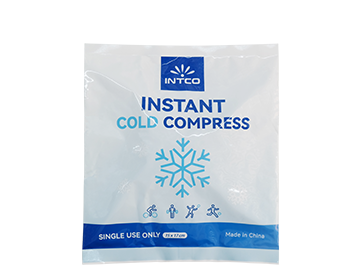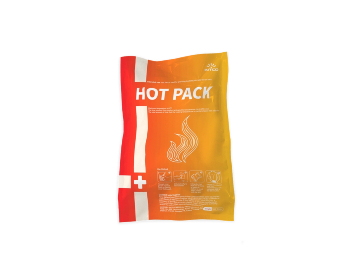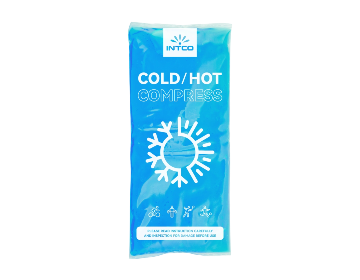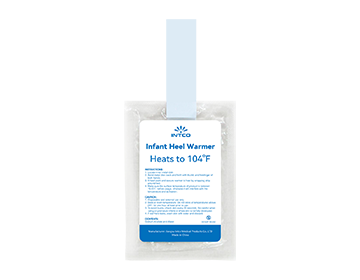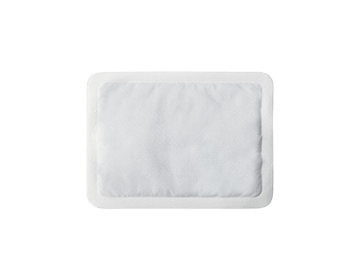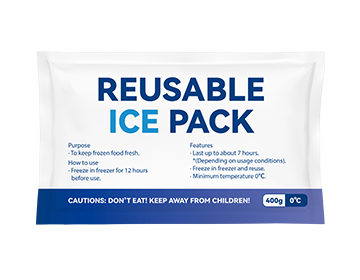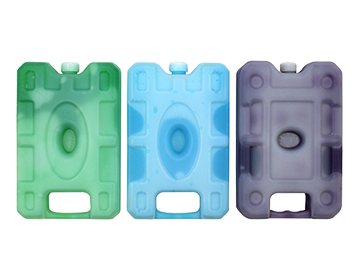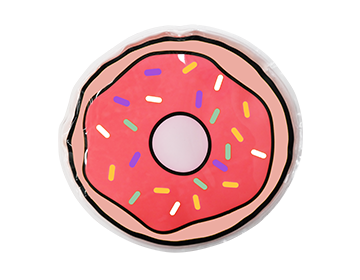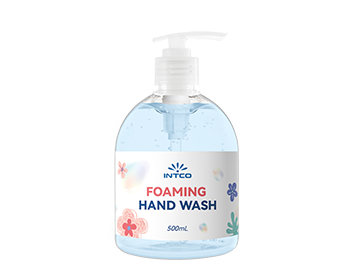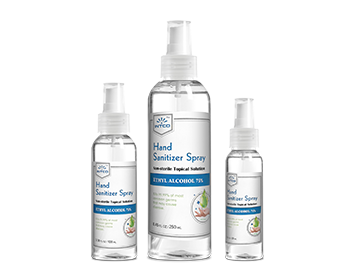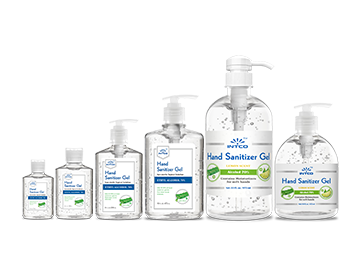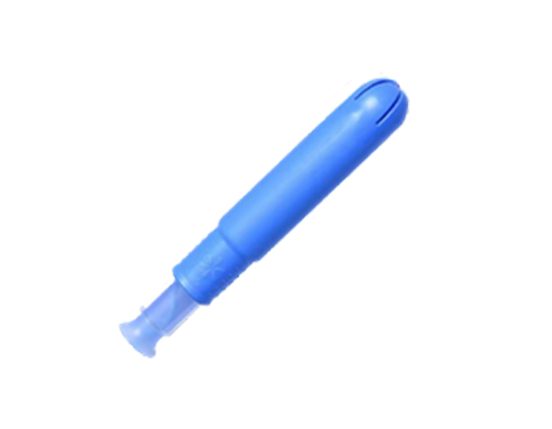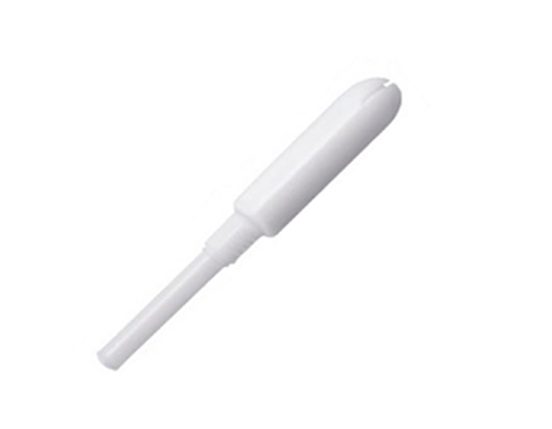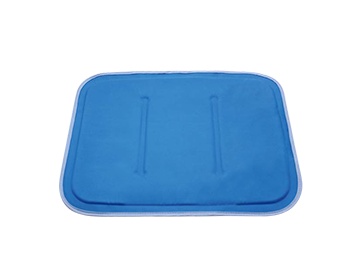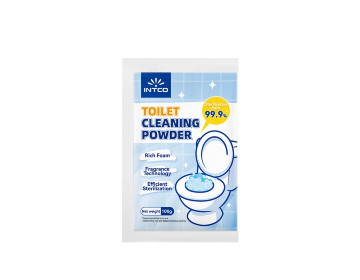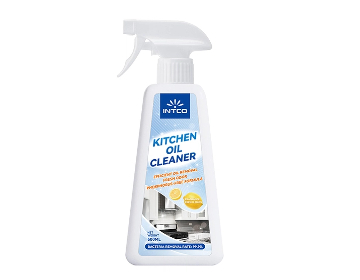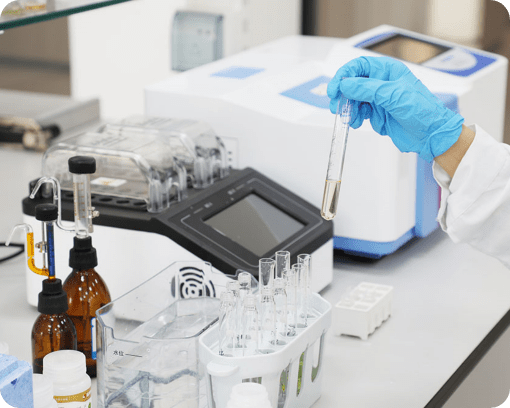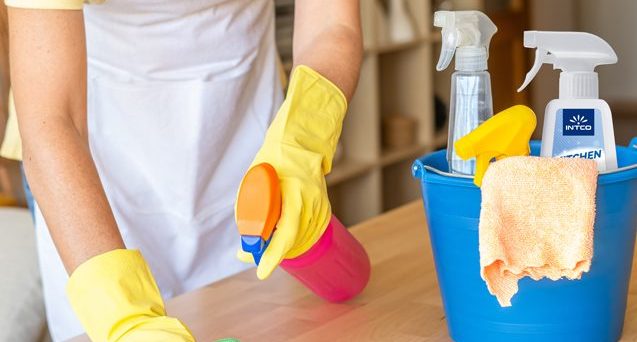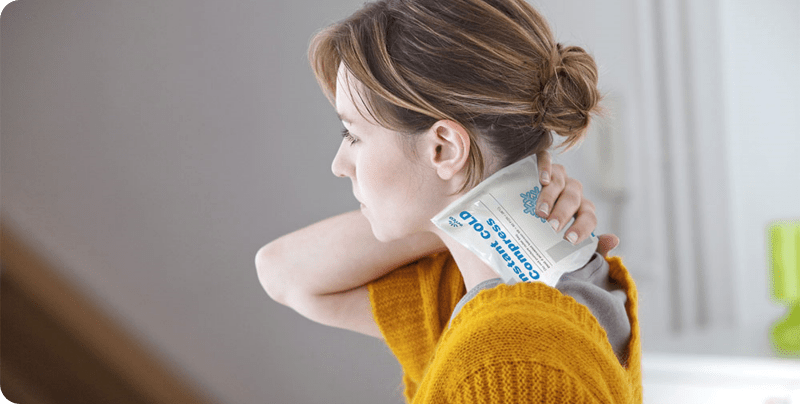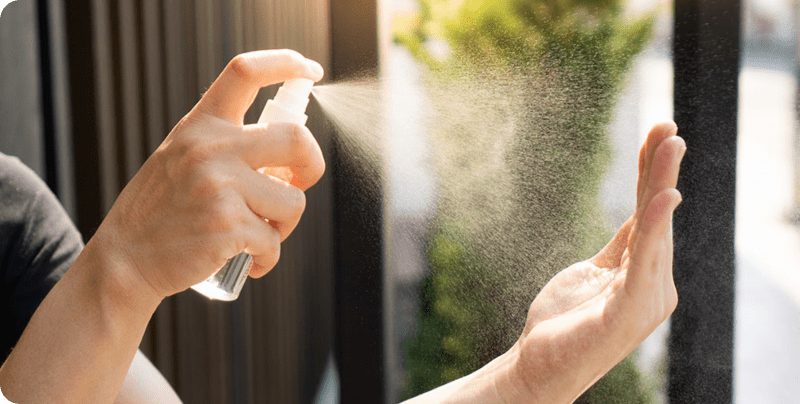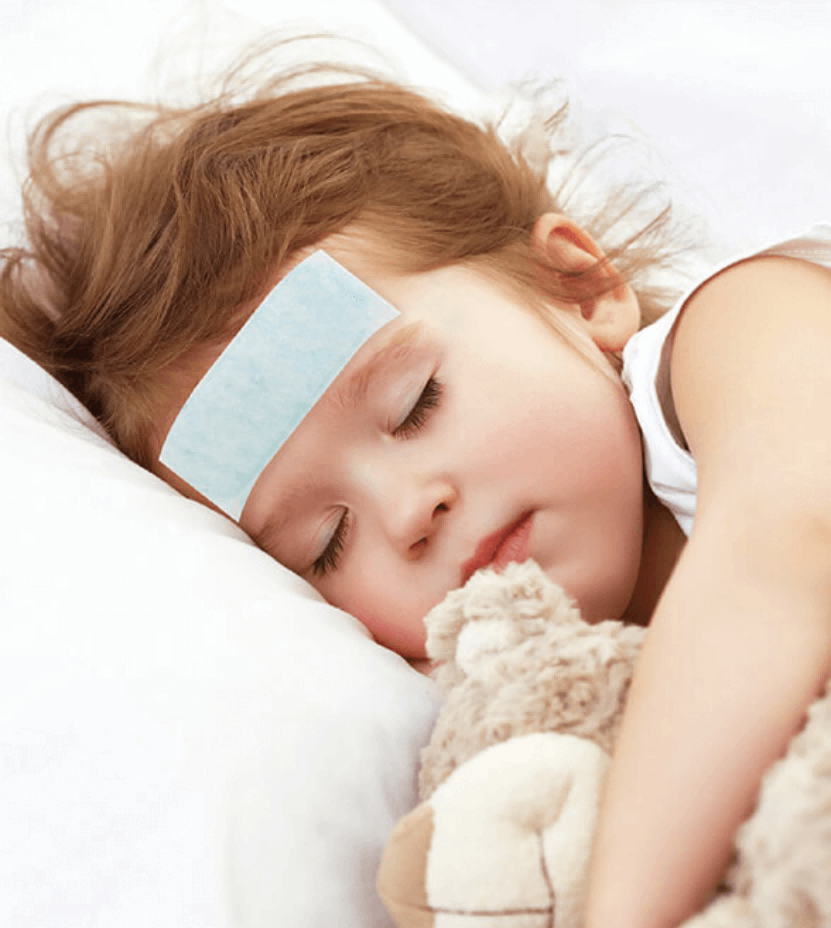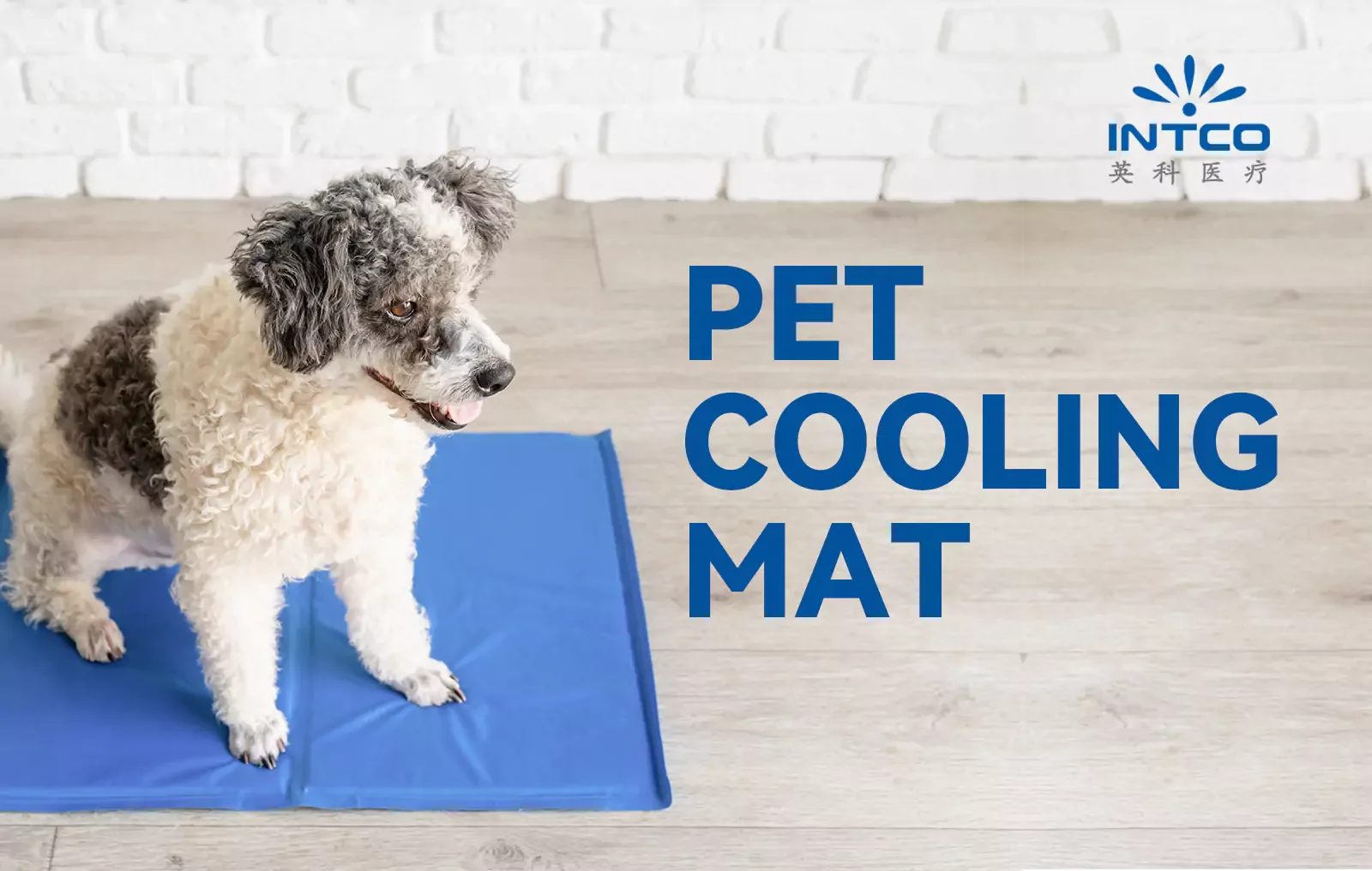Why Parents Choose Cooling Gel Patches for Baby Fever Relief
Fever in infants can be alarming for any parent. While most low-grade fevers are harmless and even beneficial as part of the body’s immune response, parents naturally want to soothe their child’s discomfort quickly and safely. One increasingly popular method is the use of cooling gel patches—a convenient, non-invasive option to help manage fever symptoms in babies.
But what makes these patches so appealing to caregivers around the world? Below, we explore the science, safety, and parental preferences behind the growing trend of using cooling gel patches for baby fever relief, along with references to trusted health sources.
Understanding Baby Fever: What You Need to Know
Fever is typically defined as a body temperature above 100.4°F (38°C). According to the American Academy of Pediatrics (AAP):
“Fever is not an illness in itself, but a symptom of an underlying condition. It’s the body’s normal response to infections.”
— American Academy of Pediatrics
Mild fevers often resolve without medication. However, for infants, especially under 12 months, even a small rise in temperature can lead to fussiness, poor sleep, and discomfort.
What Are Cooling Gel Patches?
Cooling gel patches are soft, adhesive pads that contain a water-based gel designed to draw heat away from the skin. When applied to the forehead or other pulse points, they provide a cooling effect that can last several hours. Most patches do not require refrigeration or external power, making them ideal for on-the-go fever management.
Why Parents Prefer Cooling Gel Patches
Drug-Free and Gentle
Parents are increasingly cautious about using medications, especially in newborns and infants. Cooling gel patches offer a non-medicinal option that reduces reliance on fever reducers like acetaminophen or ibuprofen unless medically necessary.
According to NHS UK:
“Parents should avoid giving medicine unless it’s needed for the child’s comfort or symptoms. Physical methods like cooling can help alleviate discomfort.”
— National Health Service (NHS)
Cooling patches align with this advice by offering symptom relief without systemic drug exposure.
Safe for Sensitive Skin
Manufacturers design baby cooling gel patches with hypoallergenic, latex-free materials that adhere gently without damaging delicate skin. The adhesive is mild, and the gel formulation is typically free of fragrances or irritants, making them safe for repeated use.
Immediate Cooling Effect
Unlike oral medications that can take 30–60 minutes to work, gel patches offer instant cooling relief. This quick action can help calm a fussy or overheated baby, especially during travel or in hot climates.
No Need for Refrigeration
Many patches activate upon contact with air or skin and maintain a cooling effect for up to 8 hours. This makes them ideal for emergency kits, diaper bags, and daycare use.
Easy to Apply and Remove
Cooling patches are simple to use:
1.Peel off the protective backing.
2.Gently apply to the baby’s forehead or neck.
3.Remove after use and dispose—no cleanup needed.
This convenience appeals especially to first-time parents who seek low-stress fever management tools.
When to Use (and Not Use) Cooling Gel Patches
Cooling gel patches are suitable for:
1.Low-grade fevers.
2.Warm weather comfort.
3.Supplementing medication-based fever management.
4.Nighttime use to reduce sleep disturbance.
However, they should not be used as a substitute for medical treatment in cases of:
1.Infants under 3 months with a fever above 100.4°F.
2.High fevers over 102°F in older babies.
3.Fevers with serious symptoms like seizures or persistent vomiting.
Per the Mayo Clinic:
“A fever is usually a sign of infection. In infants younger than 3 months, a rectal temperature of 100.4°F (38°C) or higher requires immediate medical attention.”
— Mayo Clinic
Pediatricians’ Perspective on Physical Cooling Methods
While not all doctors advocate gel patches as a primary fever treatment, many recognize their value as complementary therapy.
Dr. Jennifer Shu, pediatrician and author, notes:
“Cooling methods like damp cloths or gel patches can make children more comfortable, but fever medication should be considered if the child is irritable or dehydrated.”
— WebMD
This underscores the idea that comfort management is key, and gel patches serve that purpose well.
FAQs
Are cooling gel patches safe for newborns?
Yes, most baby cooling gel patches are specifically designed for newborns and infants. They are free from harsh chemicals, latex, and synthetic fragrances. However, always read the product label and consult a pediatrician before use on very young babies.
Can cooling gel patches replace fever-reducing medicine?
No, cooling patches are not a replacement for medication. They help soothe discomfort but do not treat the underlying cause of the fever. They work best as a supplementary comfort measure.
How long can one patch be used?
Most baby cooling gel patches offer up to 8 hours of cooling relief. However, it’s important to follow the instructions provided by the manufacturer to ensure safety and effectiveness.
Do I need to refrigerate the patches before use?
No refrigeration is required. These patches are air-activated and ready to use straight out of the package, making them convenient for travel and emergencies.
Brand Highlight: Why Choose INTCO Medical Cooling Gel Patches?
As a trusted manufacturer of medical and homecare solutions, INTCO Medical offers baby cooling gel patches that are designed with both safety and performance in mind. Our patches are latex-free, hypoallergenic, and tested for consistent temperature regulation—providing gentle, drug-free relief for your little ones during fevers or hot weather.
With over 10,000 partners in more than 120 countries, INTCO Medical is committed to delivering practical, reliable, and parent-approved healthcare solutions for families worldwide.
👉 Learn more about our infant care products at www.intcohealthcare.com

